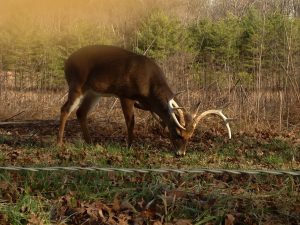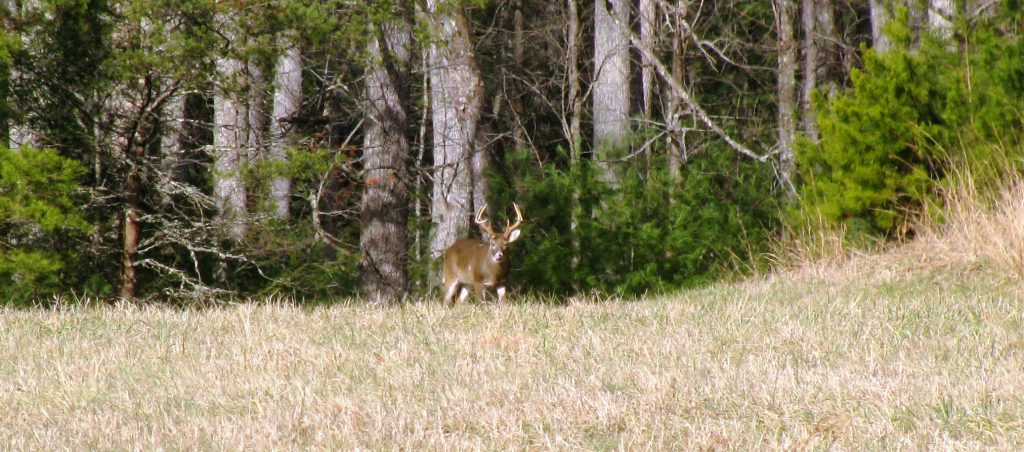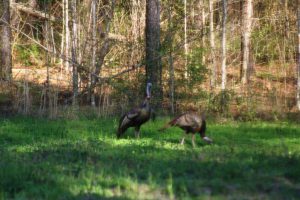About this time each year the minds of sportsman and wildlife aficionados turn towards the planting of wildlife food plots for use by wildlife in fall, winter , and early spring. There are many factors to consider when planting a fall food plot if you want to be successful in the endeavor. Food plots can be an effective method of providing food sources for game birds, deer, rabbits, raccoons, and other species. The size of food plots vary according to landowner preferences and the requirements of the target wildlife species, but usually they are a minimum of 1/2 to 1 acre in size, with a maximum of 5 acres.
Location is a an important consideration when planning the plot as the most effective plots typically are located adjacent to sanctuary or escape cover that provides security for wildlife. Food plots that meander along edges of of two or there converging types of cover, such as the edge created where pine plantations, hardwood bottoms, and agricultural fields intersect, are very attractive to wildlife and provide natural travel corridors, in addition to providing a high nutrition food source.
Successful planting of your crop begins with soil sampling. Having the proper pH in your food plot is of paramount importance. A pH of 6.5 is ideal for winter annual grasses and legumes in North Florida. As an Ag Agent I have seen more food plot disasters because a landowner did not take time to soil test than any other reason. The soil test will also guide you in applying proper fertilization to optimize productivity of your food plots. Food plots are expensive to establish and you want to avoid needless mistakes such as poor fertility that will yield poor results.
Preparation of a good seedbed is also very important as is selection of seeds that are adapted to our area. UF/IFAS has developed some excellent resources that will assist you in selecting forages that do well in our area such as, A Walk on the Wild Side: 2013 Cool-Season Forage Recommendations for Wildlife Food Plots in North Florida. Another Excellent reference is Establishing and Maintaining Wildlife Food Sources.
Now is the time to make your preparations for planting your successful cool season food plot here in North Florida! hopefully you will have the experience of seeing and enjoying wildlife as pictured in photo 2 and photo 3!
For more information on planting successful food plots this fall, contact your local UF/IFAS Extension office.

Photo 2. Nice Buck grazing woods edge food plot in North Florida Photo Credit – Shep Eubanks, UF/IFAS
- Wildlife Food Plots: Chufa for Wild Turkeys - March 27, 2020
- Wild Turkey Biology and Habitat Management - November 14, 2019
- Aquatic Weed Control – Common Salvinia - September 13, 2019


